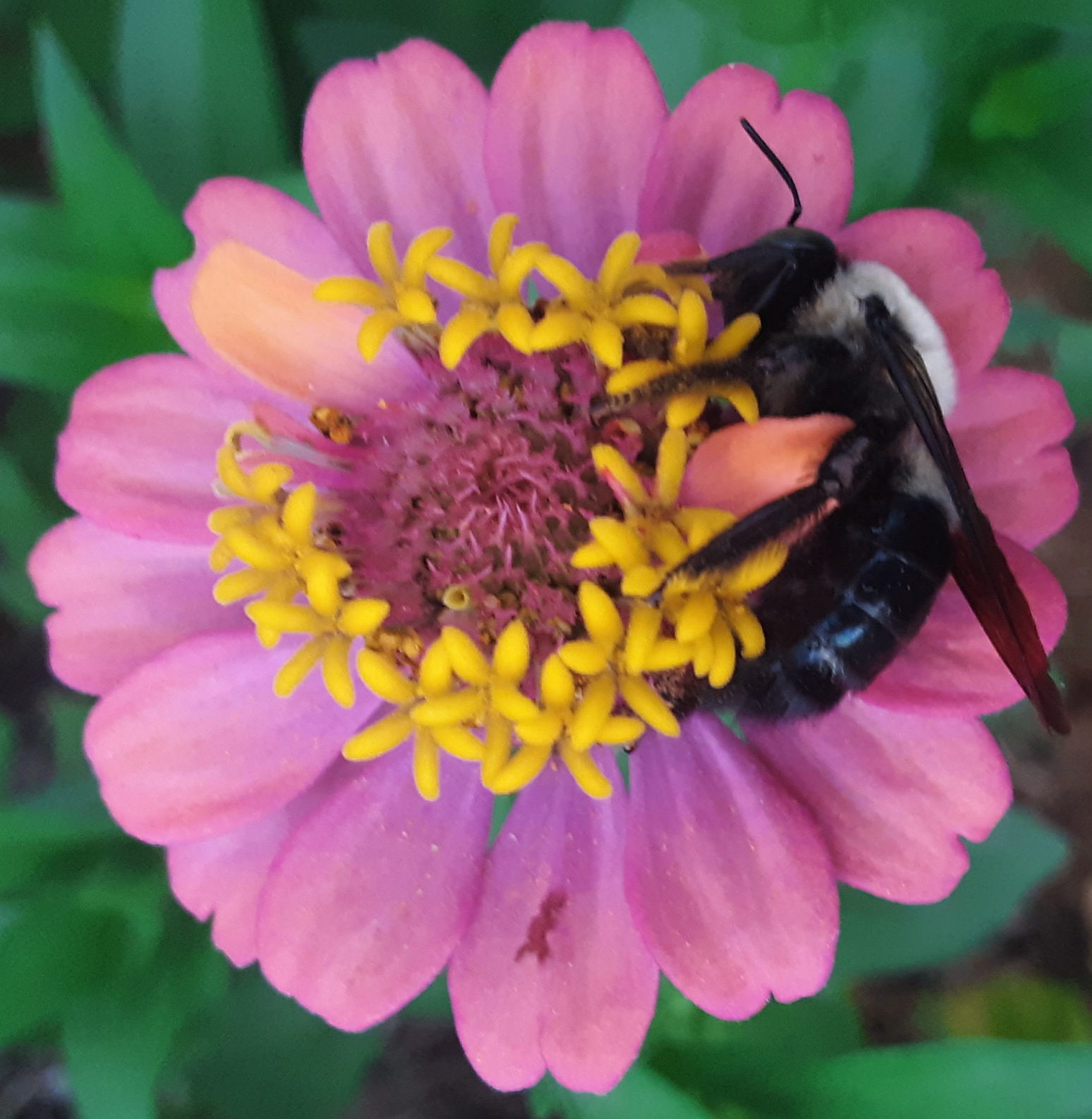My mother once planted sunflowers that germinated overnight and grew to over eighteen feet tall. I’d heard about these sunflowers all my life and never realized how remarkable this was until I began growing things from seed myself.
Stealing away a few minutes to plant in our first real garden was my main birthday wish the day I turned 25. To accomplish this, I needed the entire morning ritual of diapers, breakfast, and chaos managed by someone else while I grabbed my randomly assembled packets and stole away to the back 40.
Just after dawn, I traipsed out, awed at the quiet in our yard surrounded by refuges, wetlands, and woods. When I tuned in, I noticed the birds began to sing distinctly different songs with each packet I opened and each crop that I planted. It felt, for the moment, that I had many, many unseen allies. The birds were helping me because if these crops grew, it would help them. I felt deep gratitude.
I’d grab a packet and then change them up. It may have been just a supreme hallucination, but it still was certainly supreme.
Shortly after I noticed this ongoing soundtrack custom-tailored to my planting choices, I heard a very loud jet flying overhead. My positivity began to slip; I was annoyed at this rude, noisy intrusion into my quiet. But then I heard the birds begin to rally, and their singing became a concerted chorus that managed to drown out the jet noise and my negativity. Once again, their efforts brought a smile to my face and filled me with thankfulness.
I was able to finish planting in peace and go back to my family with renewed energy and a sense of a job well done. Within a month, beans were growing, and we had pretty decent crops for the first attempt at vegetable gardening.
By the time things had begun to go to seed, I’d had a chance to read “Seeds of Change,” by K. Ausubel, and had become aware of not just growing organically, but also saving and preserving seeds.
The increasing prevalence of bio-engineered food with its possible ill effects made gardening organically from seed to harvest all the more important. Knowing that diversity in American home gardens had decreased by at least 90% in the past hundred years while the population had increased exponentially made me realize that it was important that I practice seed saving. No matter if I only saved but a few; each one had the power to transform the world around it, and the health of our population.
After reading about Cortez’s army illegalizing the growing of quinoa among the Aztecs (who felt it was a sacred plant) I found that I had a deep reverence while planting that same crop. Other crops that barely made it past extinction somehow managed to survive and find their way into heirloom seed catalogs across the country, despite all the odds against them and their keepers.
Knowing that the following season I would try to save seeds from everything possible that I grew, I chose my seeds from these heirloom catalogs. To this day, I try to choose seeds that are at least organic and also heirloom for this reason. When Southern Seed Exchange offers a variety, I can be assured that it’s probably going to do well in my region, and will have more soul and history than any hybrid that I could buy from Burpee’s catalog.
In fact, choosing and saving heirloom and organic seeds supports small businesses, family farms, and the future of food security for people everywhere. For years, I saved seeds from the hibiscus my mom gave me, Pepe tomatoes my friends smuggled in from France, and gourd-shaped drought-tolerant watermelons that continued to perform well year after year in our garden.
My own seed collection ranges from 50-150 varieties, depending upon my ambition and success the previous season, and resides in a vintage suitcase. If I ever have to evacuate my home, it is light, and contains, in my opinion, very valuable items.
Whenever gardening or farming friends visit, I try to disperse extra seeds. If a seed is particularly important to me, I try to get it to as many people I know as possible. While big corporations greedily try to patent life forms like rice, it is important to remember that it is not theirs to patent: the rice was from seed bred by farmers for thousands of years, and they kept it alive because it kept them alive. It is one of the most revolutionary things one can do, to save your own seeds.
One of the best things about saving seeds, for me, came not in the form of a resultant fruit or vegetable, but in a story, written by my daughter Ajah when she was about ten. It was the first thing she had ever published, and it appeared in “Riverbanks and Mountaintops,” as the story called “Heirloom Seeds.”
Though Ajah does not currently share my affinity for gardening, her story gives me hope that she and her sisters will, in the very least, value heirloom varieties and make the effort to choose things grown with heart. And maybe when they leave home, I will think to tuck a few small envelopes into their trouser pockets.

